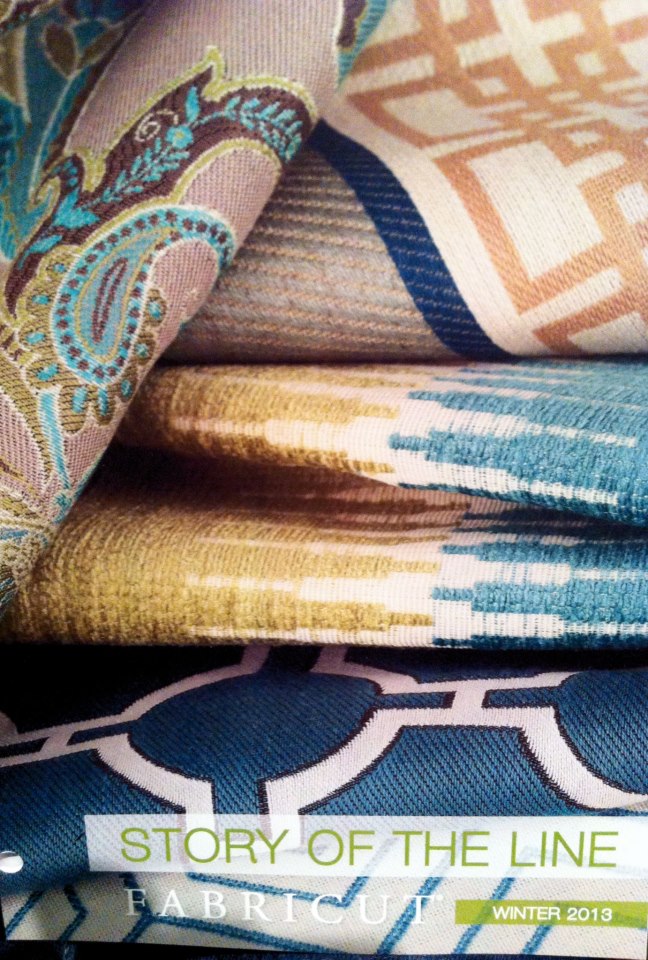
A fabulous designer fabric is a perfect inspiration for a beautiful interior space. Most homeowners are quite comfortable with mixing a pattern with a solid, but the thought of adding more strikes design cowardice … and that is where so-so and polished part ways.
The process of combining complementary elements taken from different sources typically starts with one stunning textile. There are times when the most beautiful fabrics come packaged with a breath-taking price tag. Fear not … one fabulous fabric mixed judiciously with moderately priced fabrics elevates the entire room.
The ideal inspiration fabric should have at least three colors which can be blended with two or more additional fabrics. Vary the fabrics with contrast, texture, scale, sheen and pattern.
Patterns: Mix fluid patterns, such as a floral or a toile with a check, stripe or plaid. Next, add a third pattern, such as a small overall print or solid color.
Contrast: Overall color of one fabric should be light, with one medium, and one darker.
Texture: Choose fabrics with different textures, such as a sleek silk, a nubby woven linen, or velvet.
Scale: Vary the size of the patterns by including one large, one medium and one small or solid. For example, you might choose a large damask, a medium size stripe in coordinating colors, and a small embroidered pattern or a solid texture.
Sheen: Luminous fabrics are best when featured against a matte fabric.
Forget fear and experiment with different fabric samples until you find a grouping that feels comfortable with the balance of color, scale and pattern. Once fabrics are selected, move ahead bravely with a plan of where they will be used. Spread the fabrics around the room to create balance. For example, if you use your inspiration fabric for a valance and/or curtains, or draperies in your bedroom, you might use the same fabric for a couple of throw pillows, shams or a headboard. The second fabric could be used as a duvet cover and for window shades and to upholster one chair. Your third fabric might be a luxurious solid linen that can be used to trim the window treatments, make shams or throw pillows for the bed, and to cover a bench at the foot of the bed and the second chair.
Don’t forget that your wall and floor coverings are additional areas for color, pattern and scale. Consider those elements, as well as the style and scale of your furniture, when planning a room.


